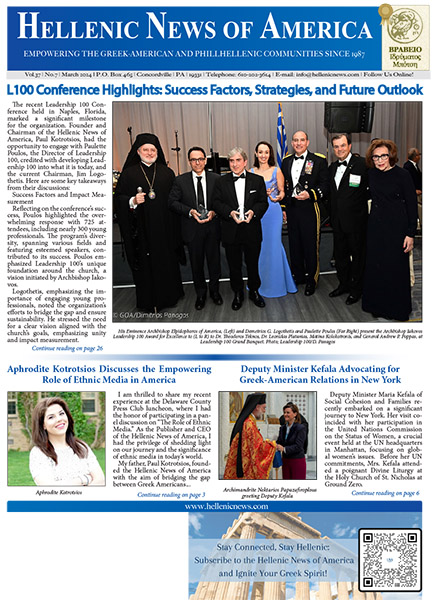On a late summer afternoon it can seem like sunlight has turned to honey, but could liquid—or even solid—light be more than a piece of poetry? Princeton University electrical engineers say not only is it possible, they’ve already made it happen.
In Physical Review X, the researchers reveal that they have locked individual photons together so that they become like a solid object.
“It’s something that we have never seen before,” says Dr. Andrew Houck, an associate professor of electrical engineering and one of the researchers. “This is a new behavior for light.”
The researchers constructed what they call an “artificial atom” made of 100 billion atoms engineered to act like a single unit. They then brought this close to a superconducting wire carrying photons. In one of the almost incomprehensible behaviors unique to the quantum world, the atom and the photons became entangled so that properties passed between the “atom” and the photons in the wire. The photons started to behave like atoms, correlating with each other to produce a single oscillating system.
As some of the photons leaked into the surrounding environment, the oscillations slowed and at a critical point started producing quantum divergent behavior. In other words, like Schroedinger’s Cat, the correlated photons could be in two states at once.
“Here we set up a situation where light effectively behaves like a particle in the sense that two photons can interact very strongly,” said co-author Dr. Darius Sadri. “In one mode of operation, light sloshes back and forth like a liquid; in the other, it freezes.”
As cool as it is to produce solidified light, the team was not acting out of curiosity alone. When connected together the photons of light behave like subatomic particles, but are in some ways easier to study. Consequently, the team is hoping to use the solid light to simulate subatomic behavior.
Attempts to model the behavior of large numbers of particles usually use statistical mechanics, and often simplify by assuming no interaction between particles and a system at equilibrium. However, in a point we can all relate to, Houck and his colleagues note, “The world around us is rarely in equilibrium.” The solidified light offers a chance to observe a subatomic system as it starts to diverge from equilibrium, with potential for a basic understanding of how these systems operate.
The system created so far is very simple, with the light entangled with the atom at two points. However, it should be possible to increase this, greatly expanding the complexity and range of possibilities of what is being constructed.
As well as providing an easy-to-study model of atomic systems that actually exist, Houck and his team hope the frozen light could be made to behave like materials that do not exist, but have been hypothesised by physicists, allowing them to explore how these things would react if they were real.
Source: iflscience.com







